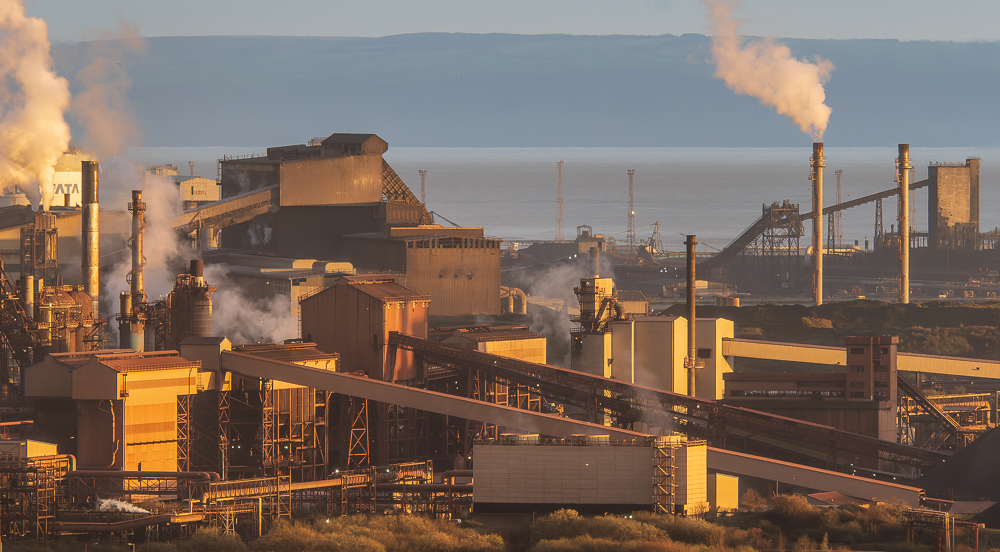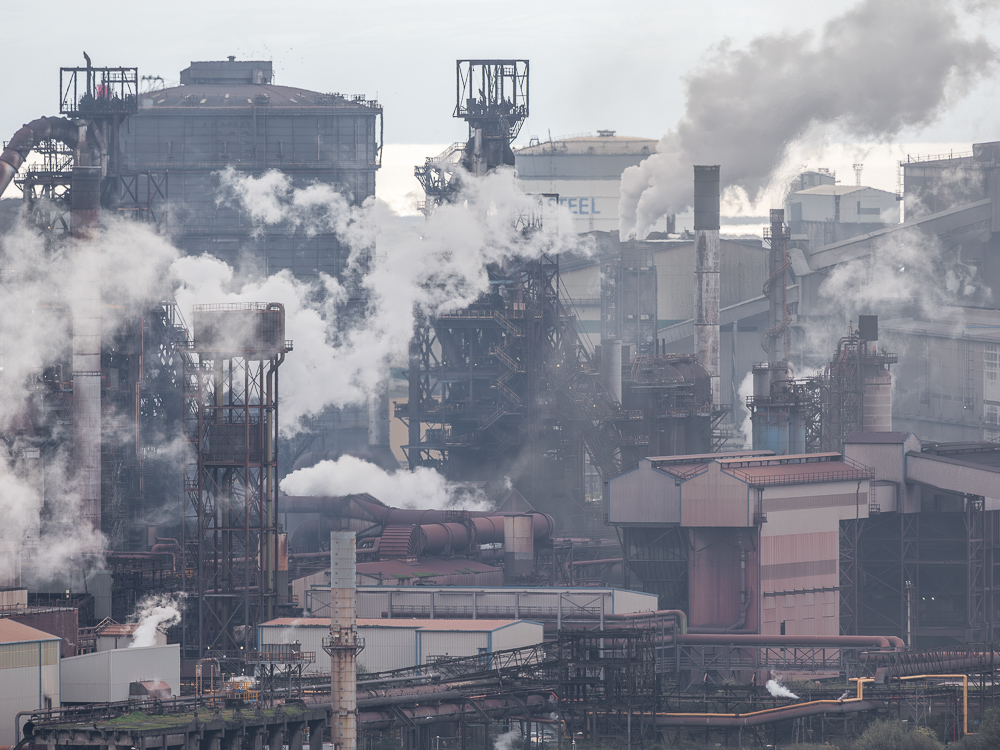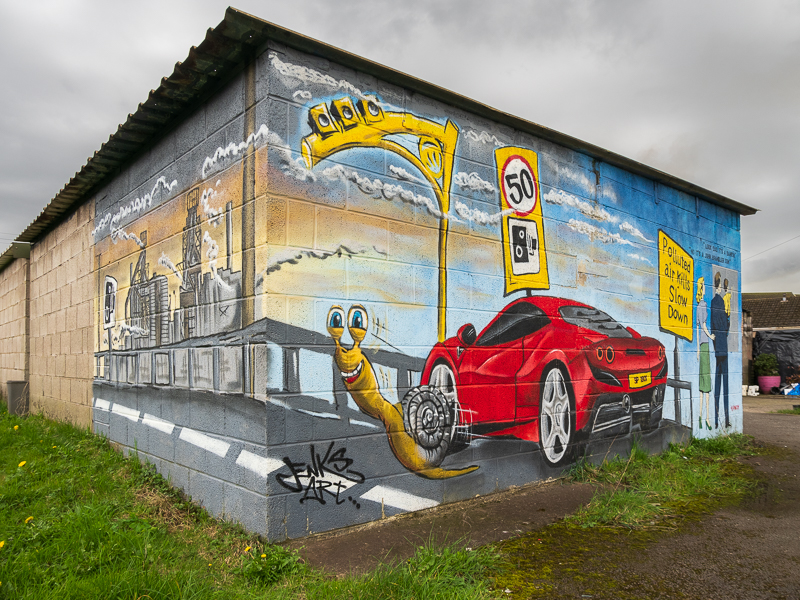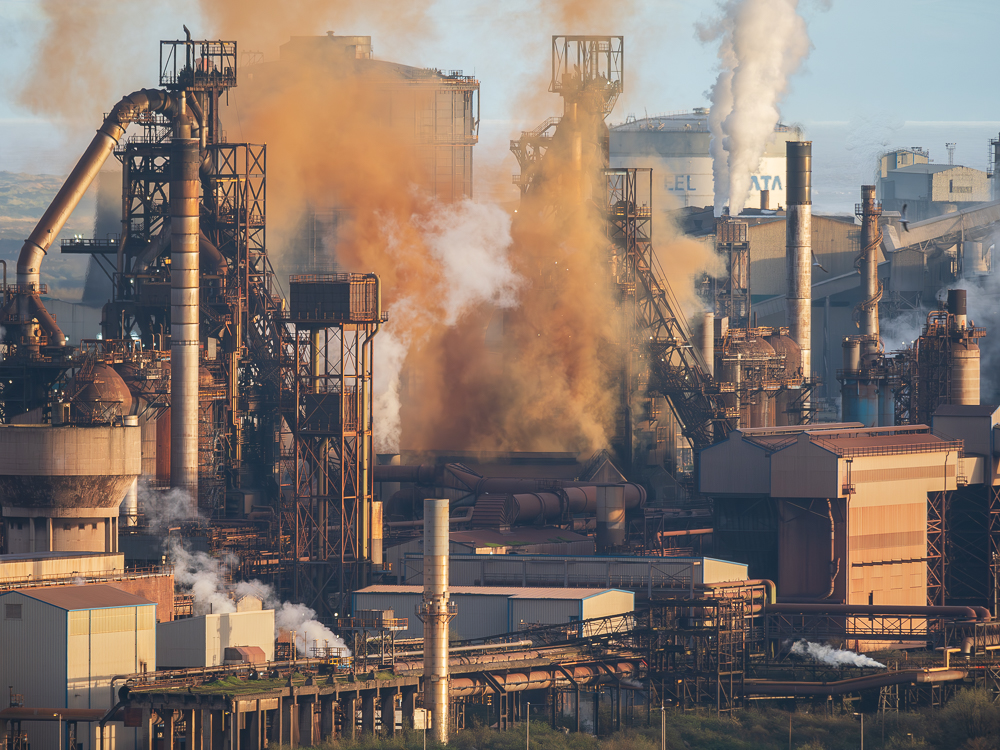
We moved to our present house about 17 years ago. It is high on an east/west ridge with excellent visibility in all directions and I knew it should be a great place to see the northern lights. In fact, prior to moving here I lived in a village a few miles away and drove up here to search for the aurora if it was predicted. I never succeeded. And for various reasons (frequent cloud, entertaining visitors, the sofa being too comfortable etc) I continued to fail to photograph the aurora for many years even after moving up here (see also this post) . It also took me years to realise that the camera can see what the naked eye cannot. It is sometimes said that the camera accentuates the colours of the aurora but in fact it is actually the eye which diminishes them. Let me explain.
The retina contains two types of light sensors, known as rods and cones. Rods are sensitive to light in a more general, black-and-white sense, while cones are sensitive to colour. It is thought that a black-and-white view of the world was useful in terms of our survival as individuals in a dangerous world, while the addition of colour was rather frivolous. Who needs to know what colour that predator is as it creeps around in the shadows? So the cones are less sensitive than the rods, and at low light intensities we see very little colour. Digital sensors (or film) are more objective about our surroundings at low light levels.
Last night the prediction was for a massive and “extreme” solar storm with the aurora likely to be visible all over the UK. I gradually prepared myself and waited until the last of the day’s light disappeared. It seemed to take forever! There was still a hint of daylight in the northern sky at 10.30pm when the camera showed the first greenish glow. It was another fourty minutes before any colour other than green appeared – in this case red – but from then on it was pretty spectacular. The aurora’s darker colours – blue, purple and various reds – were barely visible to the naked eye but the camera showed much of the sky to be full of colour. The display was right overhead for much of the time and could also be seen to the east, west and even the south. I used the minor road running up past the house as a solid base for the tripod. A steady stream of cars coming up from town (and then returning) suggested that news of this massive lightshow had reached the lowlands and people were heading for the hills to see it. It was quite frustrating at times especially when someone parked in a nearby passing place and left the car lights on!

A few words about the photography. At first I blundered around in the dark not knowing if I was coming or going. I settled on an ISO of 1600 and an aperture of f4. I used the camera’s exposure values and underexposed by about one stop. Shutter speeds were in the region of 2 to 8 seconds. The RAW files were, as expected, in need of some tweaking but no more than I would expect a normal landscape image to require. In most cases the black and white sliders in Lightroom were all I used. And here I have to hand it to Adobe…… the noise reduction/sharpening now built into Lightroom does a fantastic job. At ISO 1600 my Olympus m4/3 files of the night sky were really pretty grainy but they cleaned up beautifully in Lightroom.
Now for the negatives. There’s only one……. none of them are sharp. None of them. At first I couldn’t understand why; there is no sign of camera shake or depth of field problems. My little brain must have been turning it over while I slept because in the early hours I woke with the answer. I hadn’t switched the image stabilisation off when I mounted the camera on the tripod. I’ve pondered over this for years and have had long exposures ruined on other occasions. Some claim you can just leave IS switched on at all times, even when using a tripod. Now I’ve learned the lesson the hard way (again) that this is definitely not the case.
Many of the images are useable unless you enlarge them too far, especially where the foreground is of interest. But would it be too much to ask for another display tonight? And would I remember to switch the IS off? And if I did would I remember to switch it back on again afterwards?
Edit: It clouded over so there was no second chance.
To read more Tales from Wild Wales as they are published please click the Follow button.
My Website : http://www.wild-wales.com





